Indications
Zolmitriptan is indicated for the treatment of acute migraine with or without aura in adults.
Therapeutic Class
5-HT Agonists
Pharmacology
Zolmitriptan is an antimigraine agent. It binds with high affinity to 5-HT1B/1D receptors. The therapeutic activity of Zolmitriptan for the treatment of migraine headache can most likely be attributed to the agonist effects at the 5-HT1B/1D receptors on intracranial blood vessels and sensory nerves of the trigeminal system which results in cranial vessel constriction and inhibition of pro-inflammatory neuropeptide release. Zolmitriptan is rapidly and well absorbed after oral administration.
Dosage & Administration
The recommended dose of Zolmitriptan to treat a migraine attack is 2.5 mg. If symptoms persist or return within 24 hours, a second dose has been shown to be effective, but it should not be taken within 2 hours of the initial dose. If a patient does not achieve satisfactory relief with 2.5 mg doses, subsequent attacks can be treated with 5 mg initial doses of Zolmitriptan. In those patients who respond, significant efficacy is apparent within 1 hour of dosing. Zolmitriptan is equally effective whenever the tablets are taken during a migraine attack, although it is advisable that Zolmitriptan tablets are taken as early as possible after the onset of migraine headache.Zolmitriptan is not indicated for prophylaxis of migraine. In the event of recurrent attacks, it is recommended that the total intake of Zolmitriptan in a 24 hour period should not exceed 10 mg.
Interaction
From studies there is no evidence that concomitant use of migraine prophylactic medications (for example b blockers, oral dihydroergotamine, Pizotifen) has any effect on the efficacy or unwanted effects of Zolmitriptan. The pharmacokinetics and tolerability of Zolmitriptan oral tablets were unaffected by acute symptomatic treatments such as Paracetamol, Metoclopramide and Ergotamine. Concomitant administration of other 5HT1B/1D agonists within 12 hours of Zolmitriptan treatment should be avoided. Data from healthy subjects suggest that there are no pharmacokinetic or clinically significant interactions between Zolmitriptan and Ergotamine, however, the increased risk of coronary vasospasm is a theoretical possibility.Therefore, it is advised to wait at least 24 hours following the use of Ergotamine containing preparations before administering Zolmit. Conversely it is advised to wait at least six hours following use of Zolmitriptan before administering any Ergotamine preparation. A maximum intake of 5 mg Zolmitriptan nasal spray in 24 hours is recommended in patients taking an MAO inhibitor, general P450 inhibitor. Fluoxetine does not affect the pharmacokinetic parameters of Zolmitriptan. Therapeutic doses of the selective serotonin reuptake inhibitors (SSRIs), Fluoxetine, Sertraline, Paroxetine and Citalopram do not inhibit CYP1A2.
Contraindications
Zolmitriptan is contraindicated in patients with :
- Known hypersensitivity to any component of the product
- Uncontrolled hypertension
- Ischaemic heart disease
- Coronary vasospasm/Prinzmetal’s angina
- A history of cerebrovascular accident (CVA) or transient ischaemic attack (TIA)
Side Effects
Zolmitriptan is generally well tolerated. Adverse reactions are typically mild/moderate, transient, not serious and resolve spontaneously without additional treatment. Possible adverse reactions tend to occur within 4 hours of administration and are not more frequent following repeated dosing. The following adverse reactions have been the most commonly reported: nausea, dizziness, somnolence, warm sensation, asthenia and dry mouth. Abnormalities or disturbances of sensation have been reported, heaviness, tightness or pressure may occur in the throat, neck, limbs and chest (with no evidence of ischaemic changes on ECG) as may myalgia, muscle weakness, paraesthesia and dysesthesia.

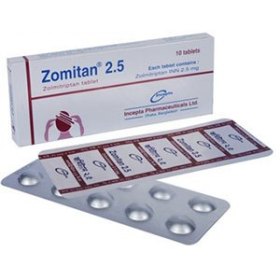
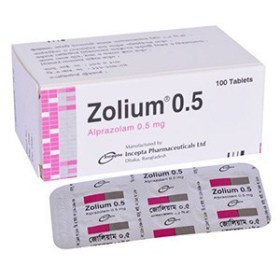
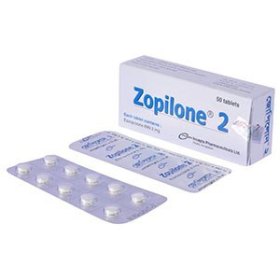
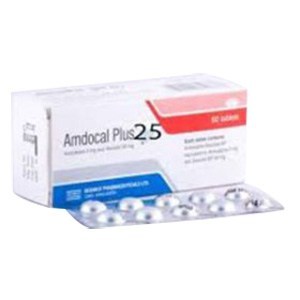
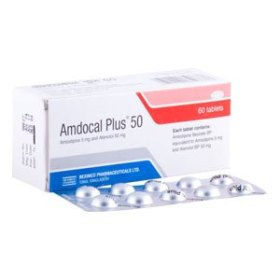
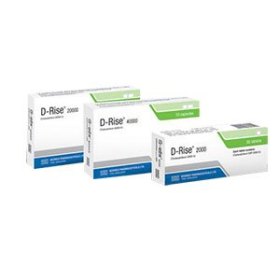
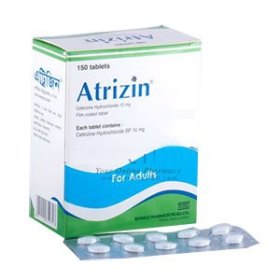
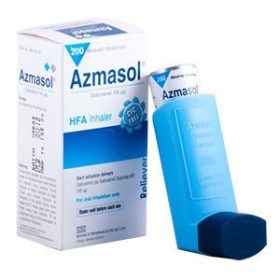
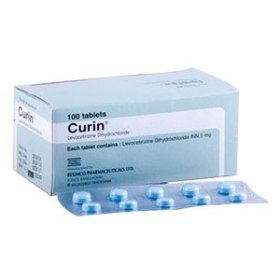
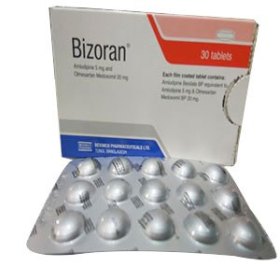

Reviews
There are no reviews yet.